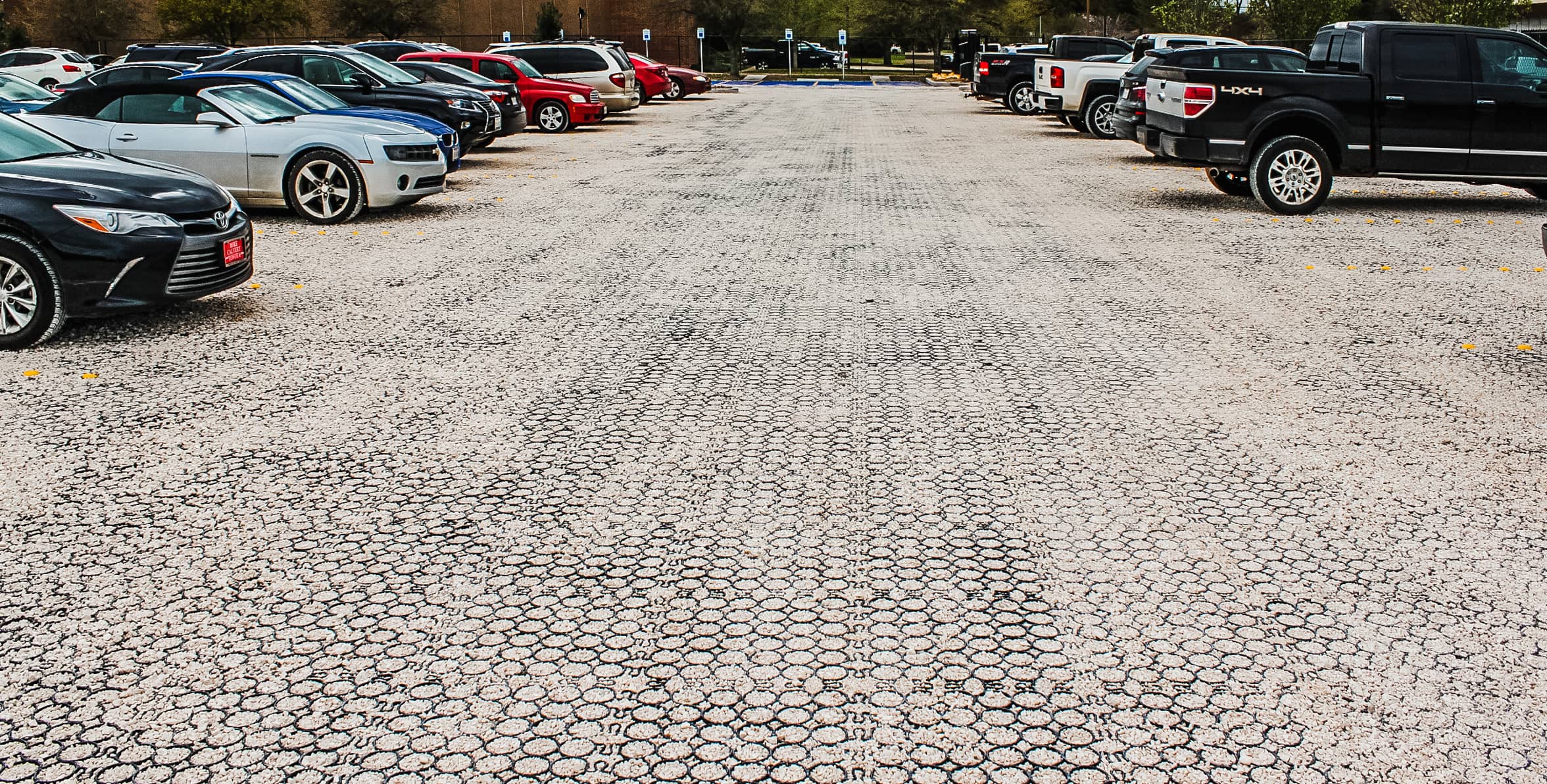Storms and heavy downpours of rain happen somewhat often in most parts of America. While they aren’t an everyday occurrence, most people in the U.S. are going to experience a big downpour of rain at least a handful of times throughout the year.
Rain storms can be great for crops and the environment, and you might even enjoy them a bit yourself. But, these downpours carry within them the potential for big problems as well. The stormwater they create needs someplace to go, and it can’t always soak into the ground.
If you have solid slabs of non-permeable material like concrete, asphalt, or other material anywhere near your property, the stormwater that lands on it is going to pool up and eventually spill over into areas that could be problematic. If you get water pooling near the foundation of your property, flooding is right around the corner.
Stormwater Runoff Management
There are, however, ways to prevent stormwater from pooling up near the foundation of your property and causing issues elsewhere as well. Here are 7 ways you can effectively attack the issue of stormwater management when the occasion arises.
1. Infiltration Trenches

If you expect only small but frequent storms or only one large storm per year, infiltration trenches can be a good option for your property. These are trenches ranging from 3 to 12 feet in depth. They are lined and then filled with some type of aggregate which will collect the stormwater runoff and direct it back into the ground. You can use this method for frequent, larger stormwater events as well as long as you combine it with another water runoff management strategy.
2. Green Roofs
This is a new trend emerging that provides you a variety of benefits in addition to stormwater management. Green roofs work by collecting rainwater and using it to sustain various different types of vegetation which are situated directly on top of the roof. It also filters excess water and moderates the flow of it into nearby sewers which prevents any overloads from happening.
These roofs can be used to grow fruits and vegetables, and they’ll also net you some LEED credits which can also save you money.
3. Underground Storage Tanks
Another option for property owners is to install an underground storage tank. Otherwise known as cisterns, basin, or collection tanks, these tanks are usually made from fiberglass, concrete, steel, or plastic. They are typically placed underneath areas such as driveways, parking lots, and other areas where stormwater cannot pass through.
The ground will be sloped at a certain point to allow the drainage of excess stormwater directly into the tanks. They are covered by aggregates which help to collect the excess water and drain it into the tank.
4. Permeable Pavers

One very popular method of managing excess stormwater runoff is the use of permeable pavers. These pavers are used in place of traditional concrete and asphalt, and can be used anywhere from residential to commercial or industrial areas.
Permeable pavers such as the kind offered by TRUEGRID are environmentally friendly, incredibly durable, and sponge-like in their ability to reduce flooding by absorbing and retaining water. With permeable pavers in place, you never have to worry about managing runoff because there won’t be any. The water goes right through the pavers and into the ground where it belongs.
Make sure your permeable pavers possess flex joints so that they won’t crack even when the seasons change and the soil moves. The cells that hold the gravel will eliminate the migration of gravel. Be certain the plastic pavers you choose don’t require any clips or staking , but instead lock together with easy male/ female connections. They’ll work in all soils and climates and will last for over 20 years, eliminating floods, ruts, and puddles for decades to come. Whether you own an industrial, commercial, or residential property, permeable pavers make the perfect addition to your stormwater management system.
5. Protective Trees
Trees also make a great choice for helping to manage the flow of excess stormwater runoff on your property. It’s a well-known fact that tree roots are adept at filtering and absorbing stormwater runoff. For this reason, it makes sense to plant a few protective trees around your property.
Combined with other stormwater management systems, this method can work wonders. Permeable pavers that allow water infiltration to the soil and tree roots are great to maintain healthy trees, as opposed to hardscape like asphalt and concrete which choke off water supplies to the trees.The canopies of protective trees also help to slow the amount of rainfall hitting the ground as well as spreading it over a larger area.
6. Native Plants
Rather than artificial turf, you may want to swap out the fake grass on your property for more native, natural plants. Native plants are much better at dealing with the extremes of nature and will grow much more easily. They also absorb more rainwater and are naturally good at helping prevent flooding.
7. Eliminate Bare Soil
Bare soil is can be your worst enemy in terms of managing excess stormwater runoff. It can be similar to concrete when it comes to blocking water from entering the ground. If you have bare soil anywhere on your property, you’d do well to cover it up with a layer of something like mulch or another type of ground cover.
Creating an Effective Stormwater Management System is Easier than You Think

Managing stormwater runoff should be on your mind if you own property of any kind. Almost every area of the U.S. will see a big downpour of rain at least once per year, and this can cause big problems if the excess runoff isn’t managed correctly.
Permeable pavers, underground storage tanks, green roofs, infiltration trenches, native plants, and protective trees are all options to help you manage the inevitable excess runoff you’ll see on your property. By combining a few of these strategies, you can prevent any problems from occurring during the next big storm in your area.



